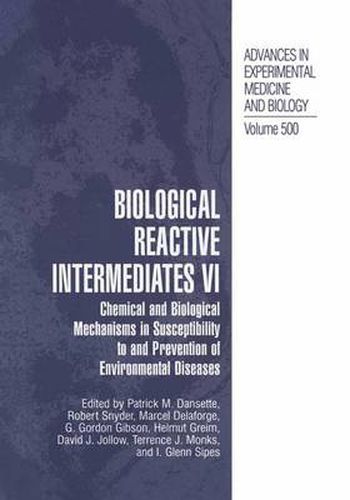Readings Newsletter
Become a Readings Member to make your shopping experience even easier.
Sign in or sign up for free!
You’re not far away from qualifying for FREE standard shipping within Australia
You’ve qualified for FREE standard shipping within Australia
The cart is loading…






This title is printed to order. This book may have been self-published. If so, we cannot guarantee the quality of the content. In the main most books will have gone through the editing process however some may not. We therefore suggest that you be aware of this before ordering this book. If in doubt check either the author or publisher’s details as we are unable to accept any returns unless they are faulty. Please contact us if you have any questions.
Historically we have separated the disciplines of Chemistry and Biochemistry by recognizing that the distinguishing characteristic of Biochemistry is the catalysis of reactions by enzymes. Enzymes permit metabolic reactions which would otherwise require extremes of temperature, pressure or pH, often associated with Chemistry, to proceed under ambient conditions of the body. Under some conditions chemical reactions occur in vivo in which products of enzymatic reactions proceed to undergo further reactions non- enzymatically with cellular macromolecules. The results can often be seen as toxic or carcinogenic responses. The chemicals that initiate these reactions are termed biological reactive intermediates.
The International Symposia on Biological Reactive Intermediates (BRI) began in 1975 at the University of Turku, Finland and have since convened at the University of Surrey, Guildford, The United Kingdom (1980), the University of Maryland, College Park, Maryland (1985), the University of Arizona, Tucson, Arizona (1990), the GSF Forschungszentrum and Technical University of Munich (1995) and, most recently, at the Universite Rene Descartes, Paris, France (2000). The Symposium was organized by an International Planning Committee co-chaired by P. Dansette (Paris, France) and TJ. Monks (Austin, Texas). The committee included: P. H. Beaune (Paris, France), M. De\aforge (Saclay, France), G. P. Gervasi (Pisa, Italy), G. G. Gibson (Guildford, UK), H. Greim (Munich, Germany), DJ. Jollow (Charleston, South Carolina), P. Moldeus (Sodertalje, Sweden), I. G. Sipes (Tucson, Arizona), R. Snyder PJ. van Bladderen (Zeist, The Netherlands). They were (Piscataway, New Jersey), and assisted by an International Scientific Program Advisory Committee which included: TJ.
$9.00 standard shipping within Australia
FREE standard shipping within Australia for orders over $100.00
Express & International shipping calculated at checkout
This title is printed to order. This book may have been self-published. If so, we cannot guarantee the quality of the content. In the main most books will have gone through the editing process however some may not. We therefore suggest that you be aware of this before ordering this book. If in doubt check either the author or publisher’s details as we are unable to accept any returns unless they are faulty. Please contact us if you have any questions.
Historically we have separated the disciplines of Chemistry and Biochemistry by recognizing that the distinguishing characteristic of Biochemistry is the catalysis of reactions by enzymes. Enzymes permit metabolic reactions which would otherwise require extremes of temperature, pressure or pH, often associated with Chemistry, to proceed under ambient conditions of the body. Under some conditions chemical reactions occur in vivo in which products of enzymatic reactions proceed to undergo further reactions non- enzymatically with cellular macromolecules. The results can often be seen as toxic or carcinogenic responses. The chemicals that initiate these reactions are termed biological reactive intermediates.
The International Symposia on Biological Reactive Intermediates (BRI) began in 1975 at the University of Turku, Finland and have since convened at the University of Surrey, Guildford, The United Kingdom (1980), the University of Maryland, College Park, Maryland (1985), the University of Arizona, Tucson, Arizona (1990), the GSF Forschungszentrum and Technical University of Munich (1995) and, most recently, at the Universite Rene Descartes, Paris, France (2000). The Symposium was organized by an International Planning Committee co-chaired by P. Dansette (Paris, France) and TJ. Monks (Austin, Texas). The committee included: P. H. Beaune (Paris, France), M. De\aforge (Saclay, France), G. P. Gervasi (Pisa, Italy), G. G. Gibson (Guildford, UK), H. Greim (Munich, Germany), DJ. Jollow (Charleston, South Carolina), P. Moldeus (Sodertalje, Sweden), I. G. Sipes (Tucson, Arizona), R. Snyder PJ. van Bladderen (Zeist, The Netherlands). They were (Piscataway, New Jersey), and assisted by an International Scientific Program Advisory Committee which included: TJ.